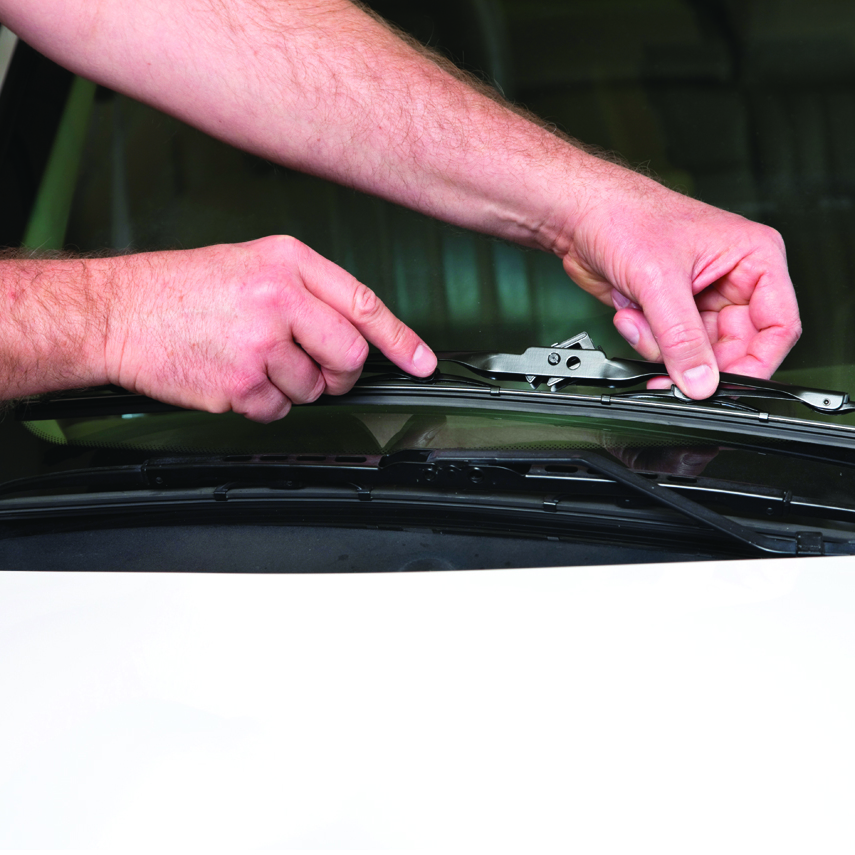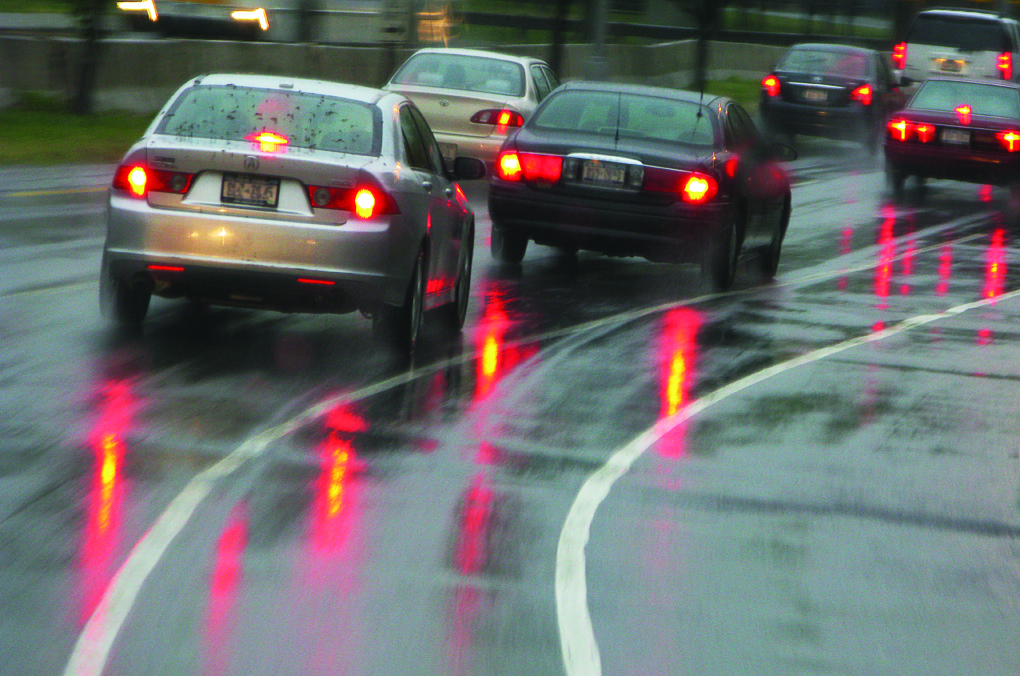As the seasons change, motorists must take steps to safeguard their vehicles, especially when the season changes from fall to winter. Each winter, many vehicles are subjected to sub-zero temperatures, snowfall and icy roads, and such conditions can take their toll on vehicles over time. Taking steps to prepare vehicles for winter weather is a vital step that can make cars and trucks safer for drivers and their passengers.
Battery
Old batteries should be replaced before winter begins. Without a strong, properly functioning battery, engines cannot turn over. Most batteries last between three and five years. However, extreme cold can compromise batteries, especially those that have been around awhile. Batteries are made up of acid and water, and cold temperatures can freeze the water, thereby affecting battery performance. According to AAA’s Automotive Research Center, at 32 F, the average battery loses 35 percent of its strength. Newer batteries can be protected by starting the vehicle each day to warm up and recharge the battery. Let the car run for at least 10 minutes if you cannot take an extended drive.
Exterior Maintenance
Keeping a car waxed and sealed can help maintain a durable exterior finish. This includes not only the paint, but the rubber and vinyl parts of the car’s exterior. Winter is a good time to switch to a heavy-duty synthetic wax that can shield against water and road salts. High-quality sealants can be used on bumpers, trim and rubber door seals as added protection. Speak with an automotive retailer or even the car dealership if you are unsure which products will make your car’s parts most durable for winter weather. Do not stop washing your car just because the weather is cold. Slushy, wet roads and snow-melting salts can speed up the formation of rust or other decay on the undercarriage of the vehicle. These materials will need to be periodically cleaned off. Flush the underside of the vehicle whenever possible, taking advantage of any dry, slightly warmer days.
Tire Pressure
According to the automotive retailer Pep Boys, vehicle tires lose a pound of air pressure for every 10-degree drop in temperature. Many modern cars will alert to changes in air pressure, and drivers should be diligent in maintaining the proper tire pressure. Fuel economy as well as handling ability can decline when tires are not inflated properly. Tires can be refilled at many gas stations for little cost.
Wipers
Visibility is key in hazardous weather conditions, and keeping the windshield clean is a priority. This means ensuring there is enough windshield wiper fluid in the car and that it is a product that will not freeze. Wiper blades can freeze and crack in the winter. Older blades may be more susceptible to damage. It’s a worthy investment to replace existing wiper blades at the start of each winter. When vehicles are parked, pull the wipers off of the windshield to safeguard them from sticking and cracking.
Cold weather requires drivers to amp up their vehicle maintenance routines. Consult with a mechanic or automotive retailer for more ideas and products that can help your vehicles operate safely and efficiently this winter.








